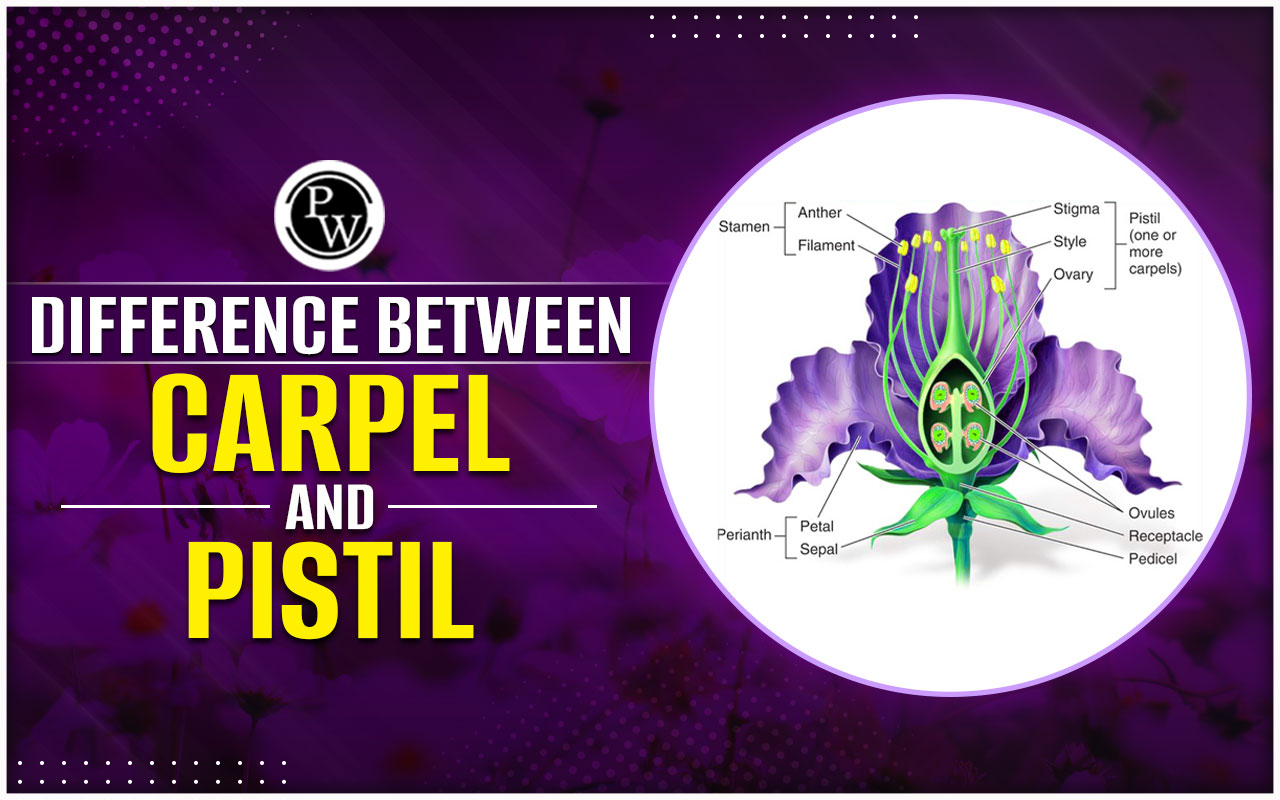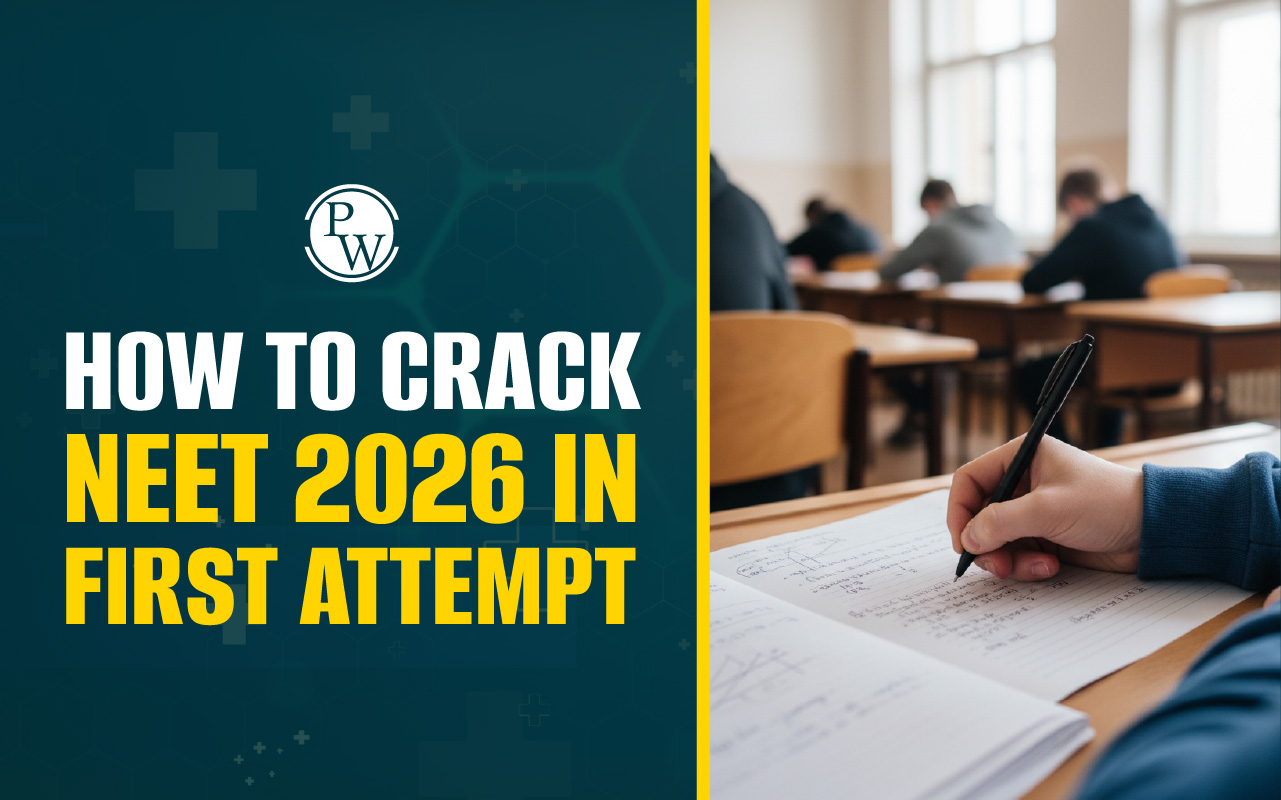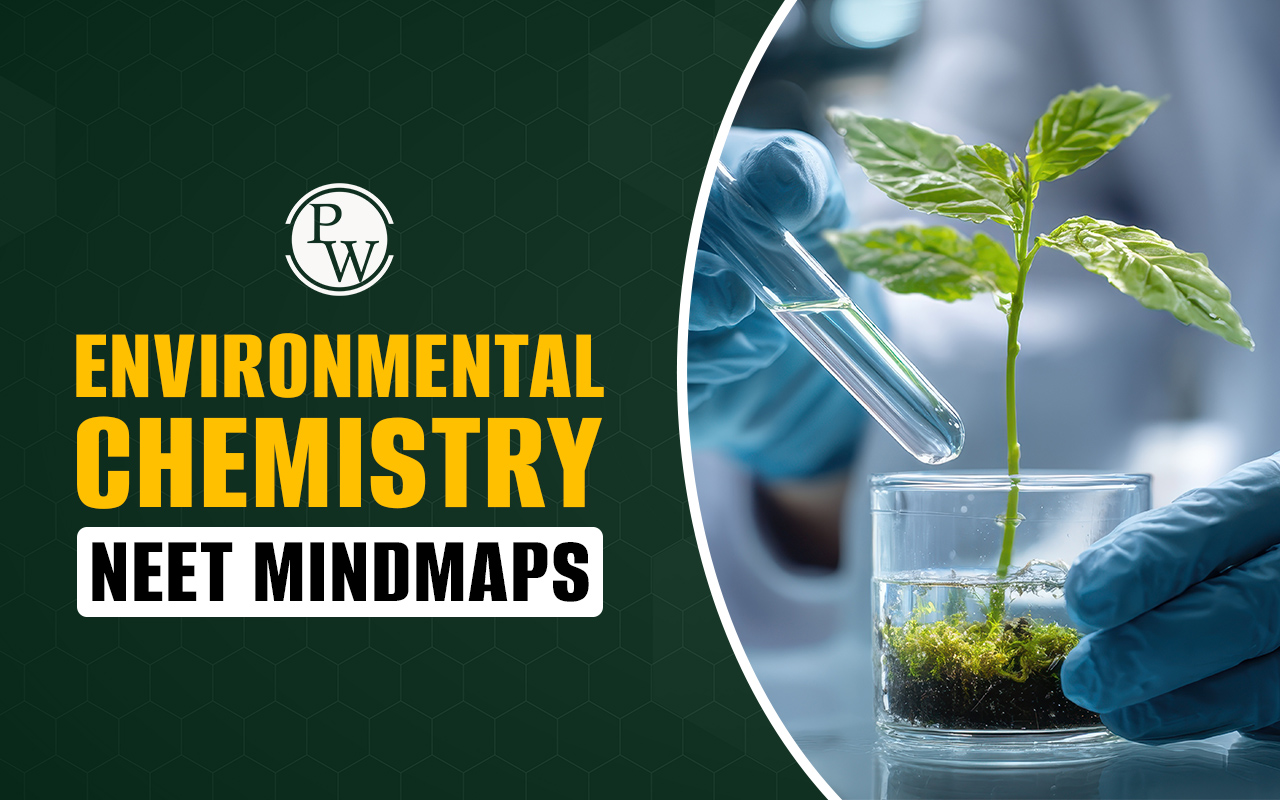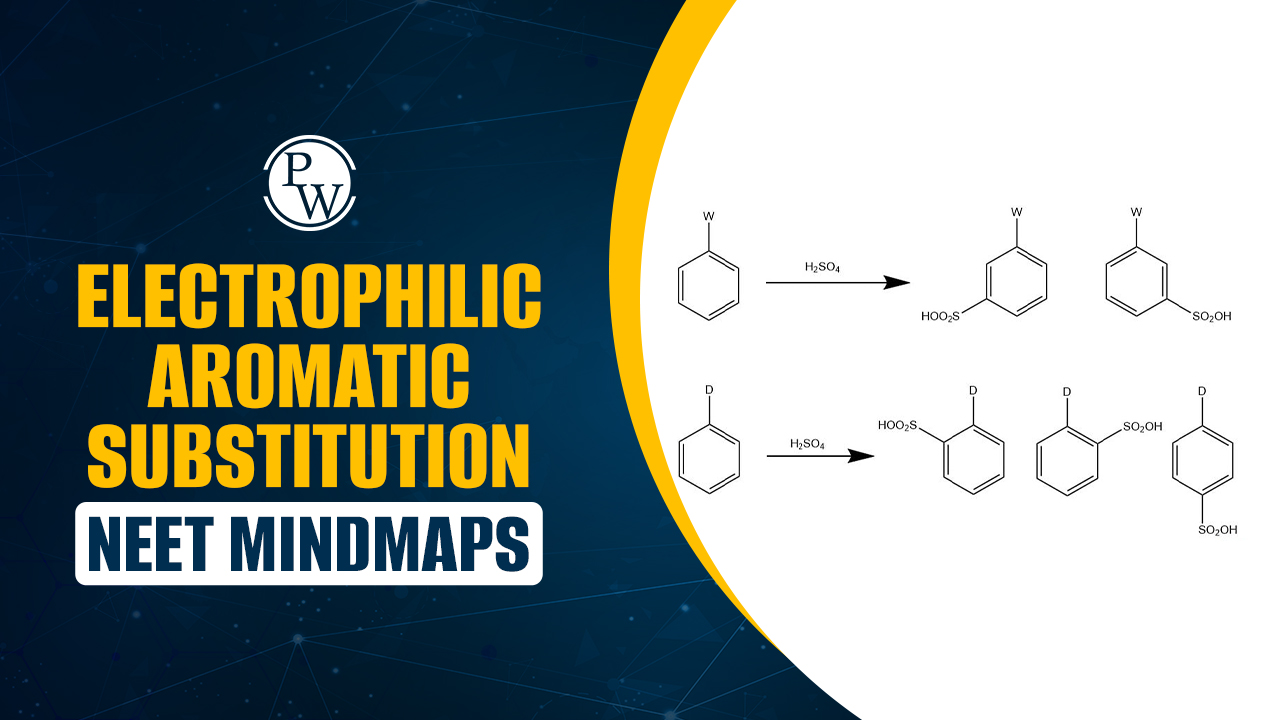

Difference Between Carpel and Pistil: Carpel and pistil are the essential reproductive components of a flower. While both play pivotal roles in reproduction, there are key distinctions between them. The carpel comprises three main parts: the ovary, stigma, and style. In contrast, the pistil is formed when one or more carpels fuse. This fusion process results in the pistil having a more complex structure than the individual carpels. Understanding the disparities between the carpel and pistil is essential for comprehending floral anatomy and the intricate processes of fertilization.
This article focuses on the anatomy and functions of flowering plants, scientifically termed angiosperms. A complete flower is composed of both vegetative and reproductive components. The reproductive elements include the stamen, pistil, and carpel. The cluster of stamens, collectively known as 'Androecium,' refers to the male reproductive part of plants. Conversely, the assembly of carpels forms 'Gynoecium,' representing the female reproductive segment. This article delves into the difference between carpel and pistil, including structure and function.| NEET Biology Syllabus | NEET Biology Diagrams |
| NEET Biology MCQ | NEET Biology Chapter wise Weightage |
| NEET Biology Notes | NEET Previous Year Question papers |
Difference Between Carpel and Pistil Overview
Flowers are a plant's reproductive parts, including sepals, petals, stamens, and pistils. A fully developed flower has both vegetative and reproductive elements, which are important for plant reproduction. Carpels and pistils are vital to the gynoecium, the flower's female reproductive part. In the center of the flower, the carpel is the fourth whorl, with the style, stigma, and ovary as essential female reproductive structures. It's important to note that a single flower can have one or more carpels. The pistil, found at the flower's center, is the seed-bearing female part, consisting of a swollen base called the ovary. The pistil can be seen as a cluster of fused carpels. This discussion explores the difference between carpel and pistil in detail.
Difference Between Carpel and Pistil
A carpel is a flower segment that serves as the female reproductive organ. It typically includes an ovary, stigma, and styles. Carpels can have a shared basal ovary or their own. The placentas are housed in the ovary, an extended basal section of the carpel. The pistil, another flower component, is also a female reproductive organ. It is usually made up of multiple carpels. Floral formulas commonly represent flowers with a single pistil and one carpel as G (1). The table below shows the difference between carpel and pistil:
| Difference Between Carpel and Pistil | ||
|---|---|---|
| Parameter | Carpel | Pistil |
| Part of a Flower | Functions as the flower's female reproductive structure. | Serves as the flower's ovule or seed-bearing female organ. |
| Composition | Comprises an ovary, stigma, and style. | Composed of a variable number of carpels. |
| Egg Cells | Produces egg cells. | Does not generate egg cells. |
| Functions | Plays a role in seed dispersal. | Functions as the female reproductive part of the flower. |
| Fertilization | Undergoes the process of fertilization. | Does not undergo fertilization. |
| Seed production | Produces seeds. | Does not produce seeds. |
| Significance | The number of styles helps distinguish the number of carpels. | The number of ovaries helps distinguish the number of pistils. |
What is Carpel
In a flower, the carpel serves as the female reproductive structure. The collective whorl of carpels, known as the Gynoecium, forms the innermost whorl. Its primary role is to produce the female gamete, the egg. Fertilization occurs within the carpel, resulting in seed production. Additionally, the carpel aids in seed dispersal and consists of three main parts: the style, stigma, and ovary. The stigma acts as the landing platform for pollen grains, while the style is the hollow structure facilitating pollen tube growth. The ovary, located at the basal bulged part, is divided into multiple chambers called locules. Within each locule, a tissue known as the placenta is present. Ovules are attached to the placenta through a structure called the funicle.
What is Pistil
One or more carpels fuse to form the pistil. The female part of the flower, located in the center, comprises a swollen base known as the ovary. The ovary contains ovules, or potential seeds, while a style or stalk extends from the ovary and a stigma, which has variable shapes and is extremely sticky, completes the structure. Pollen grains suitable for pollination adhere to or land on the stigma, causing germination via pollen tubes. These tubes extend through the style, transporting sperm to fertilize ovules in the ovary.
The pistil comprises leaflike structures nested within each other and carpels containing one or more enclosed ovules. A carpel is a modified leaf containing seeds; a pistil can contain one, two, or more carpels (forming a compound pistil). A syncarpous pistil has two or more carpels, whereas an apocarpous pistil separates the carpels within the flower.
Difference Between Carpel and Pistil FAQs
Are carpels and pistils the same?
What number of carpels can a pistil have?
Is a carpel considered female?
What is a pistil with multiple carpels called?
What are the four whorls of a flower?












